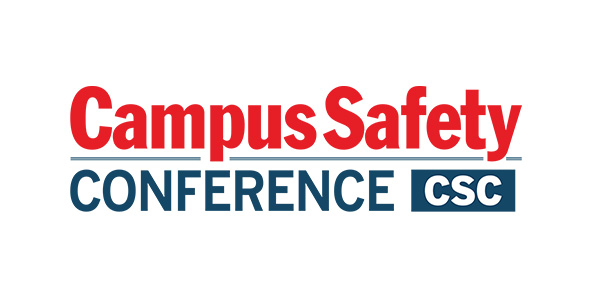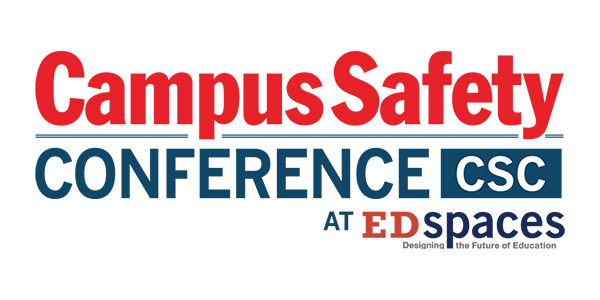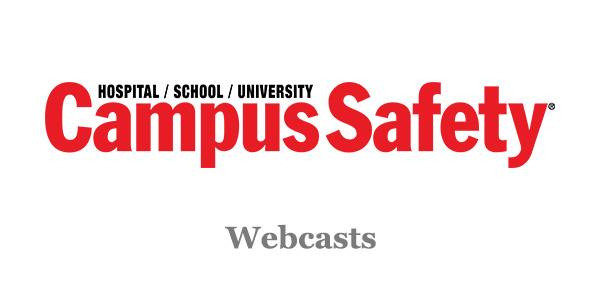Mental health challenges among America’s LGBTQ+ youth are increasing, according to a new study from the Trevor Project. Focusing on 1,689 participants aged 13-24, the research provides insights into the evolving landscape of LGBTQ+ youth mental health, detailing both risk factors and protective influences.
According to Project SPARK Interim Report: A Longitudinal Study of Risk and Protective Factors in LGBTQ+ Youth Mental Health, LGBTQ+ youth are experiencing the following increases in mental health concerns:
- Anxiety Symptoms: Recent reports of anxiety climbed from 57% to 68% during the study period.
- Depressive Symptoms: Rates of youth experiencing depression rose from 48% to 54%.
- Suicidal Ideation: Instances of suicidal thoughts increased from 41% to 47%.
The rate of past-year suicide attempts decreased from 11% to 7%, however, it remains notably higher when compared to cisgender, heterosexual peers.
Related Article: Anti-LGBTQ+ School Policies Associated with High Rates of LGBTQ+ Student Depression, Suicide Attempts
Major Mental Health Risk Factors for LGBTQ+ Youth
The research identified several factors contributing to the heightened mental health risks:
- Discrimination and Victimization: Approximately one-third of participants reported being physically harassed or threatened because of their sexual orientation. Among transgender and nonbinary (TGNB) youth, two-fifths faced physical threats due to their gender identity.
- Disproportionate Impact on TGNB Youth: Transgender and nonbinary youth experienced nearly double the rates of anxiety (70% vs. 42%) and suicidal ideation (53% vs. 28%) compared to their cisgender LGBTQ+ peers.
- Rising Exposure to Conversion Therapy: Threats of conversion therapy rose sharply, with reports jumping from 11% to 22%. Actual exposure increased from 9% to 15% over the year.
“While many of the findings in this study are devastating, they are not surprising. LGBTQ+ young people in this country continue to face elevated levels of stigma and political rhetoric, which take a serious toll on their mental health and well-being,” said Jaymes Black, CEO of The Trevor Project in a statement. “The manner in which LGBTQ+ youth are treated in this country harms their health and risks their lives, and it is only getting worse. I hope that lawmakers, community leaders, and youth-serving professionals take stock of these research findings, and join our efforts to support the health and safety of LGBTQ+ young people across the country.”
Protective Factors and Support Systems
The study also demonstrated positive effects from supportive environments:
- Help-Seeking Behavior: LGBTQ+ youth seeking assistance from mental health professionals in a suicidal crisis doubled (from 32% to 64%), while reliance on friends increased from 45% to 73%.
- School Support: The proportion of youth feeling supported at school grew modestly, from 53% to 58%.
If you or someone you care about is struggling with mental health concerns, emotional distress, problematic substance use, or just need someone to talk to, text or call 988 or chat at 988lifeline.org. Caring counselors are available 24/7 to listen, provide judgment-free support, and additional resources. The Trevor Project’s trained crisis counselors are also available 24/7 at 1-866-488-7386, via chat at TheTrevorProject.org/Get-Help, or by texting START to 678678.







